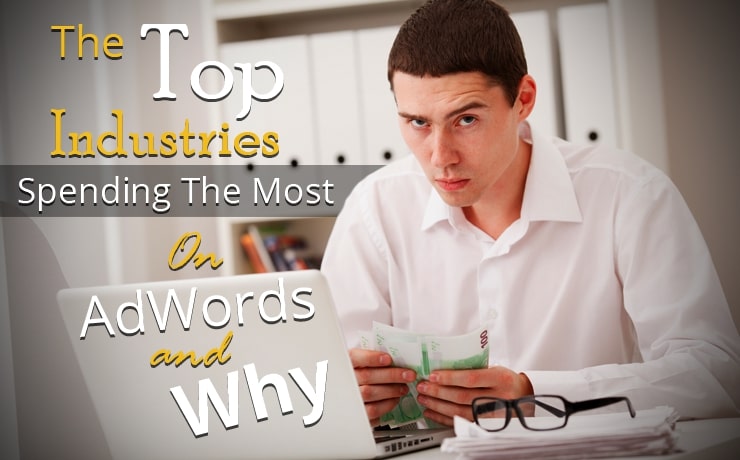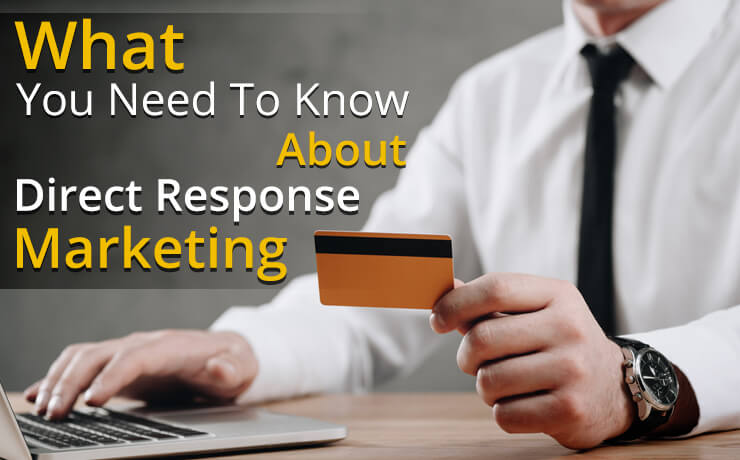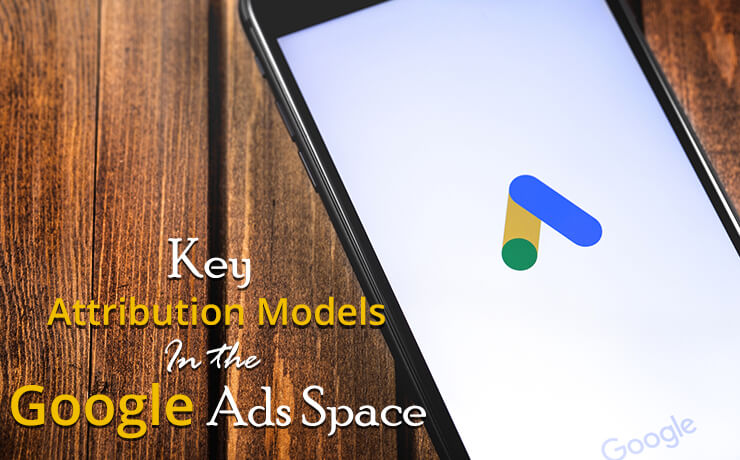Steps To Take To Determine The Feasibility Of Google Ads For Your Business

Clement Foo
Digital Content Manager

If you are looking to get started with a PPC campaign on Google Ads but are in doubt of its feasibility for your business, we recommend some useful steps you can take to find out. Statistically speaking, going onboard with Google Ads results in returns for a variety of businesses so it may be a worthwhile investment to test the waters.
As the most widely used search engine, it naturally adds up that advertising on Google makes economic sense for your business. However, getting started is often not that simple, and you may have questions about whether it is feasible for your business at all. Will you end up spending more than you earn? Is your product or service best promoted through some other platform?
Before you make any decision, keep in mind that searching and advertising on Google generated $335 billion for businesses in the fiscal year 2018. Clearly, it is not something to be dismissed without careful consideration and is almost certainly worth giving a try if you are unsure. In this article, we lay out the steps to take to determine the feasibility of Google advertising for your business.
How Do Google Ads Work?
First, let us explain exactly how advertising on Google works. Start by typing in the specific product or service you are offering, for instance “hiking backpacks”. The top results are all pay-per-click (PPC) ads on Google’s search network, and when you click on each one, you will be directed to a landing page. Here is where customers can directly check out the product they have searched for. How it works for businesses is that you only pay each time a customer clicks on your ad. This is regardless of whether their visit resulted in a purchase.
The average cost-per-click (CPC) is an indicator of how much you can expect to pay and varies by industry. This is because you need to bid on keywords, and businesses only bid as much as they can afford to pay without making a loss. Where your ad ranks in the search results is determined by a number of factors including quality score and bid amount.
How Much Time and Effort Can You Put In?
Now that you know how Google Ads work, let’s get down to the factors you need to consider to determine its feasibility for your business. The most common obstacle holding businesses back from advertising on Google is budget. This is especially true for small businesses who may see it as taking a risk for unguaranteed results. While this is understandable, the numbers are on your side: statistically, you can expect to earn at least double your spending when you advertise on Google.
Here’s how you can do the math yourself:
- Firstly, find out the CPC for your industry on Google Ads.
- Next, get out the historical conversion rate, in percentage, for your business.
- Calculate how many clicks it will take to get you one conversion by dividing the CPC by the percentage of your conversion rate. This is how much you will need to spend to get one conversion. While this number is just an estimation, it’s a good way of gauging how much you will need to spend.
Do not be deterred if the upfront cost seems higher than expected. Take into consideration how much you can expect to make in a year as well as lifetime value, which is how much a customer spends at your business in a lifetime.
Now that we have settled financial constraints, it’s time to consider the manpower that goes behind managing your Google Ad campaign as well. Here are some questions to ask:
- Do you have an employee who is trained to handle Google Ads and PPC campaigns?
- Can you outsource it at a more affordable cost?
- Regardless of who manages the campaign for you, you will need to spend some time analyzing and reviewing your ads regularly. How much time can you afford to set aside?
What Is the Traffic Potential of Your Keywords?
After establishing whether you can afford the time and money involved, do some research on your keywords. The fact is that the nature of some businesses simply aren’t conducive to Google Ads. An example would be businesses that rely heavily on visual stimulus to increase conversion rates.
Find out how many times your keywords are being searched for in a month. If the number is relatively low, it may not be worth it to focus your marketing on Google Ads. However, if the number looks good, you know what to do. It means that users are actively searching for what you have to offer, and you would be missing out a great opportunity by not getting onboard with PPC ads on Google!
What Are Your Competitors Doing?
If you are still in doubt, it’s always useful to take a look at what your direct competitors are doing. No one wants to waste money on advertising that doesn’t work, so if they are onboard with Google Ads, it’s a good indicator that there’s something in it for you as well. Besides that, competitor research can give you a better estimate of budget as well as provide a starting collection of keywords you can work with.
Get Started on Google Ads and PPC Marketing with SmartSites
If you have made it this far after carefully considering the various factors involved, there’s no time to delay – get started with Google Ads immediately! The increasing popularity of PPC ads and marketing can be attributed to its high Return on Investment (ROI) rate and will definitely go a long way in growing your business over time.
When you decide to outsource your marketing campaign, choosing SmartSites means that you can be assured of working with the best. We have been ranked in the top 1% of digital marketing agencies and come with an impressive track record of growing successful businesses. Furthermore, our PPC marketing specialists work on a completely transparent basis with your results, providing you with reports and actionable insights based on a detailed analysis of your ad data! If you are ready to gain an edge in the competition through Google Ads and PPC campaigns, please do not hesitate to contact us today.









